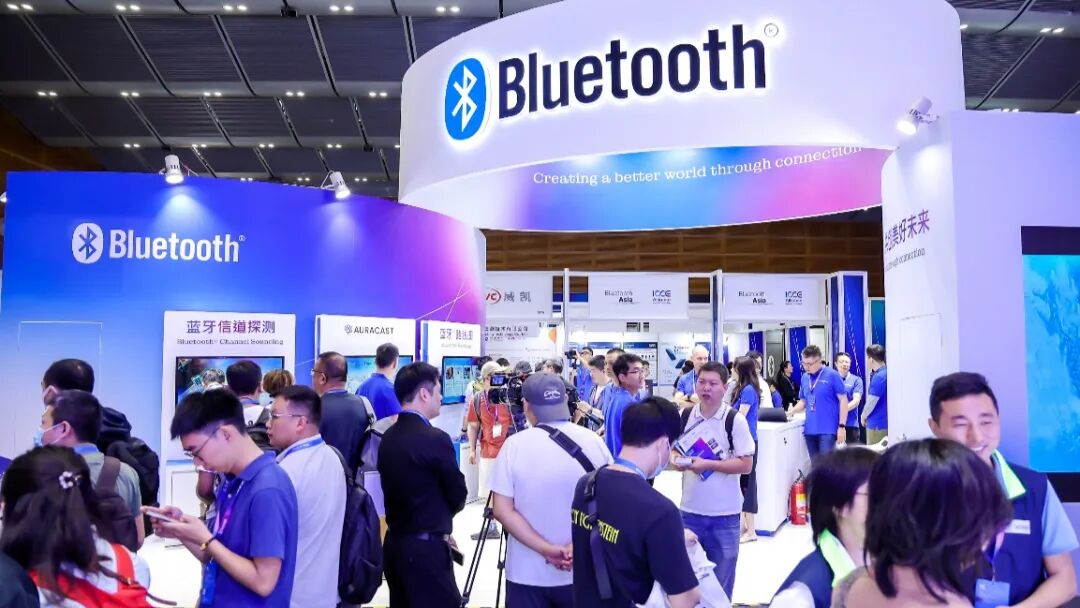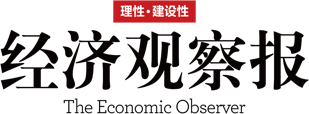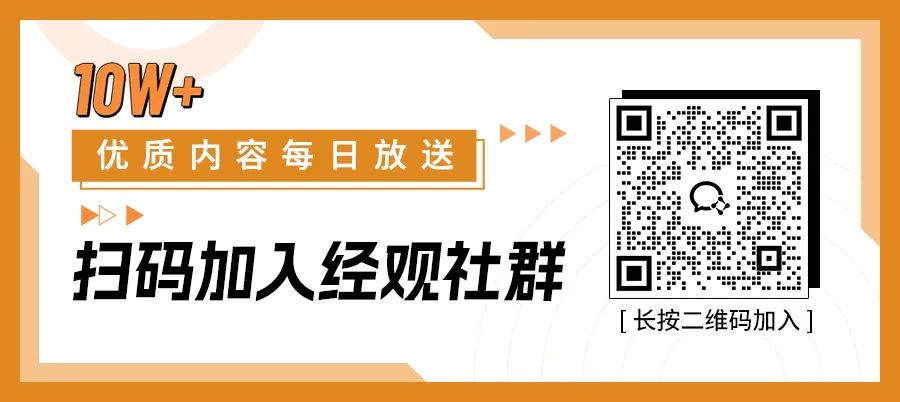
 The Bluetooth Special Interest Group (SIG), a multinational organization established in 1998, has returned to China to hold the Bluetooth Asia Conference after a five-year hiatus. Why has it chosen to align its strategy in China with a “Chinese identity” at this time?
The Bluetooth Special Interest Group (SIG), a multinational organization established in 1998, has returned to China to hold the Bluetooth Asia Conference after a five-year hiatus. Why has it chosen to align its strategy in China with a “Chinese identity” at this time?
 Author: Zheng ChenyeCover image: Provided by the interviewee
Author: Zheng ChenyeCover image: Provided by the interviewee

Currently, over 5.3 billion electronic devices worldwide rely on a technology for wireless connectivity—Bluetooth. Behind this is a vast technology alliance comprising over 41,000 companies—the Bluetooth Special Interest Group (SIG).
SIG is an international standards organization responsible for advancing, protecting, and promoting Bluetooth technology as a global connectivity standard. Today, Bluetooth technology is akin to air and water in the digital world, connecting wireless headphones, digital keys in cars, and sensors on factory production lines.
However, this technology, which has become a fundamental infrastructure for global wireless connectivity and is deeply rooted in Chinese manufacturing, only established its entity in China—Bluetooth Technology (Beijing) Co., Ltd.—in February 2025. It is noteworthy that China accounts for nearly one-seventh of its global membership (about 6,000 companies), and 50% of the world’s Bluetooth chips are produced in China.
“It has been five years since we held such a grand event, and I particularly hope that we can hold the Bluetooth Asia Conference every year for many years to come,” said Ken Kolderup, Chief Marketing Officer of the Bluetooth Special Interest Group, at the Bluetooth Asia Conference held in Shenzhen on May 22, 2025.
In addition to announcing the establishment of the wholly-owned company registered in Beijing, he also mentioned a “China Member Group” aimed at “better serving Chinese members,” which is planned to be established within the year.
This raises questions about why this multinational organization, founded in 1998, has returned to China to hold the Bluetooth Asia Conference after five years and why it has chosen to align its strategy in China with a “Chinese identity” at this time.
 “Dynamic Market”
“Dynamic Market”
“China’s role in the entire Bluetooth ecosystem is becoming increasingly important and strategically significant,” Kolderup emphasized when discussing his views on the Chinese market.
He provided a compelling set of data: “In mainland China, we have a total of 6,000 member companies, making it the second-largest country in terms of member companies. More critically, 50% of the world’s Bluetooth ICs (integrated circuits) are produced in China, and over 50% of the smartphones sold globally are developed by Chinese companies.”
This significant market share has created a subtle contrast with SIG’s previous operational model in China, which had a certain “distance.” Kolderup clearly stated that SIG is willing to invest further in the Chinese market and engage deeply, with a core goal that is very clear: “So that we can serve all member companies in China in the fastest and best way possible.”
The newly established “Bluetooth Technology (Beijing) Co., Ltd.” is undoubtedly the latest anchor point in SIG’s strategy in China. This company, headquartered in Beijing with branches in Shanghai and Shenzhen, is tasked with “bringing new resources” to fully support Chinese member companies in all aspects from technology development, product certification to market promotion.
Kolderup mentioned that SIG’s global core functional departments, such as member support, business development, marketing, and technical support, “will all have representatives from China in the (Chinese) entity.”
“This way, we believe that both from a language perspective and in terms of time zones, we will provide better support for China and better management, especially for local member companies,” Kolderup said.
Regarding a deeper localization decision-making mechanism, Kolderup also provided positive signals. In response to a reporter’s question, he stated: “The team in China will be encouraged to make decisions, as the dynamic changes in this market require them to make some autonomous decisions (which will be more efficient). Of course, this team also needs to better understand local needs so that they can bring this information back to headquarters, ensuring that we consider the unique needs of Chinese members in any decision-making process.”
Additionally, Kolderup stated that the Bluetooth Special Interest Group plans to establish a China Member Group in the second half of 2025: “The main purpose is to enable Chinese member companies to collaborate and also to facilitate good cooperation for future success, as well as to allow these member companies to provide feedback to the Bluetooth Special Interest Group regarding the overall market and whether the future blueprint can meet market demands.”
This means that SIG not only hopes to have “people on the ground” in China but also aims to establish a permanent channel that can effectively listen to the “Chinese voice” and even allow “Chinese experience” to feed back into its global strategy.
“We have already established a Chinese entity. Just this week, we launched our own WeChat public account,” Kolderup specifically mentioned at the conference and issued an invitation: “I now encourage everyone, if you haven’t scanned our WeChat account yet, please connect with us, as this is a great platform to keep you updated on what Bluetooth is doing.”
Moreover, the UnPlugFest (UPF) interoperability testing conference, held concurrently with this year’s Bluetooth Asia Conference, was also opened for free to developers in Asia for the first time, attracting a large number of engineers, with the venue being “fully booked” at one point.
“We also recognize that member companies want more opportunities for testing activities, which is also part of what we want to do, because only in this way can we facilitate better communication among these companies during these testing activities to ensure their products succeed in the market,” Kolderup stated.
SIG’s series of actions marks a shift in its role in China from a past “remote command” or “technology exporter” to a more rooted and collaborative “local cultivator.”
It is worth noting that when Kolderup was asked how he views competition from emerging wireless connection technologies in China, he responded: “First of all, we welcome any innovation in the wireless field. Bluetooth is currently fortunate to maintain a very good market position in many markets. However, we cannot rest on our laurels, which is why we welcome competition; it inspires us to evolve quickly in a dynamic market.”
The “dynamic market” that Kolderup refers to is not an empty phrase.
In recent years, local forces in China have been very active in the field of short-range wireless connection technologies. Among them, the Star Flash Alliance, primarily contributed by Huawei and comprising hundreds of local industry giants and research institutions such as the China Academy of Information and Communications Technology, telecom operators, Honor, Lenovo, TCL, OPPO, and vivo, is one of the most prominent forces.
According to the official statement of the Star Flash Alliance, its goal is to “promote innovation and industrial ecology of the new generation of wireless short-range communication technology, supporting rapidly developing new application scenarios such as smart cars, smart homes, smart terminals, and smart manufacturing, to meet the extreme performance requirements of products.”
Since its establishment in 2020, the Star Flash Alliance has made rapid progress. In November 2022, the Star Flash 1.0 standard was released. Commercialization followed quickly: in September 2023, Huawei’s Executive Director Yu Chengdong announced that the Huawei MatePad Pro 13.2 would be the first to support Star Flash technology; subsequently, the Huawei FreeBuds Pro 3 headphones, equipped with the Kirin A2 chip supporting Polar code technology (a forward error correction coding method for signal transmission), were launched, achieving lossless audio transmission at a data rate of 1.5 Mbps, directly challenging the Bluetooth audio market.
More significantly, according to public reports, in January 2025, the “Aerospace Star Flash” wireless communication module developed by the China Aerospace Science and Technology Corporation successfully completed flight tests.
Faced with such a native Chinese competitor, which aims to match or even surpass existing technologies in certain scenarios, backed by a vast local industrial chain and already demonstrating application examples in consumer electronics and cutting-edge fields, the pressure that the Bluetooth Special Interest Group feels in the Chinese market is likely far beyond what Kolderup’s statement of “we welcome competition” can fully depict.
SIG’s grand efforts to strengthen its localization deployment in China, establish a Beijing company, form a China Member Group, and engage with local developers, not only aim to enhance service loyalty to the existing 6,000 Chinese members but also reflect a deeper strategic intention to solidify its long-standing technical standard “moat” through tighter ecological bundling and more agile local decision-making.
However, whether this “moat” can effectively withstand the impact of emerging local forces like Star Flash will undoubtedly be a critical observation and competition period in the coming years.
 “New Technological Weapons”
“New Technological Weapons”
The localization of organizational structure ultimately serves the evolution of technical standards and the expansion of market territory. If the Bluetooth Special Interest Group wants to maintain its voice in China, a market characterized by rapid technological iteration and intense competition, merely adopting a “people-friendly” posture is clearly insufficient.
“This year (2025), the shipment of Bluetooth devices has reached 5 billion units, and we expect this number to reach 8 billion by 2029,” Kolderup provided the latest forecast data at the conference. Behind this massive number is the fact that Bluetooth technology is no longer satisfied with merely acting as an “invisible cable” between phones and peripherals but is extending its connectivity to broader application scenarios.
Kolderup detailed the application market landscape where Bluetooth is focusing its efforts. Firstly, in the audio field, Bluetooth headphones and earbuds remain the absolute mainstay, “so far, we have reached a shipment of 900 million units, and we expect this product category’s shipment to quickly reach 1 billion in the coming years,” Kolderup said.
Secondly, PC peripherals (mice, keyboards, etc.) are also a traditional stronghold for Bluetooth. “In 2025, we expect the shipment of human interface devices to reach 386 million units,” Kolderup emphasized. Additionally, regarding the emerging item-finding (Find My) tag market, Kolderup’s assessment is: “This is a relatively early market, with a shipment of 80 million units this year, but this tag market will grow rapidly.”
Moreover, the wearable device market is also a “basic plate” for Bluetooth. “The shipment of Bluetooth wearable devices will reach 323 million in 2025,” Kolderup specifically mentioned, “smartwatches have integrated many health functions, and we see another trend of disposable wearable devices that can better monitor health conditions.” For instance, an increasing number of healthcare providers are adopting Bluetooth technology for remote patient monitoring, “from simple weight measurements to tools like blood pressure monitors and pulse oximeters.”
In commercial and industrial applications, Bluetooth is also demonstrating strong penetration. Kolderup emphasized: “Bluetooth has become the leading technology in wireless asset tracking, with the shipment of Bluetooth asset tracking tags expected to reach 245 million in 2025.” He also mentioned that factories worldwide are widely using Bluetooth technology for tracking equipment, materials, and even worker safety management. Additionally, in response to the demand for predictive maintenance of factory equipment, “we expect that by 2026, about 45% of wireless condition monitoring sensors will be equipped with Bluetooth connectivity.”
Electronic shelf labels (ESL) are another high-growth area that SIG has been actively promoting in recent years. “We are excited to see such rapid growth in this field; by 2029, we will see the shipment of electronic shelf labels reach 138 million units,” Kolderup believes. ESL not only enhances operational efficiency in retail but also reduces paper waste and helps industries better manage the loss of perishable goods.
Similarly, smart tags used for supply chain management, characterized by ultra-low power consumption, some even requiring no batteries, are also on the rise. “We believe that by 2029, the shipment of smart tags will reach 140 million units,” Kolderup even optimistically predicts that the market size “will become enormous, potentially exceeding 1 billion.”
These continuously expanding application scenarios place increasing demands on the core capabilities of Bluetooth technology, such as transmission speed, connection distance, positioning accuracy, and power consumption control. The past mindset of “good enough” for wireless connectivity is clearly no longer sufficient to meet market demands, and the evolution of the Bluetooth technology roadmap clearly indicates this trend.
Kolderup also highlighted several key upgrades to Bluetooth technology at the conference. “Auracast™ (a new trademark for next-generation Bluetooth audio sharing released by SIG in 2022) is an innovation we have been investing in for several years and have made significant capabilities in this area,” Kolderup explained. Its core function is “to send audio from a single transmitter to countless receivers.”
He described some typical application scenarios: “For example, you can share your audio with those around you; or, in a public setting, such as a concert, you can hear higher quality sound, etc.” Clearly, SIG hopes to leverage this to tap into the potential new markets for audio sharing and assistive listening in public spaces.
Additionally, Bluetooth Channel Sounding technology directly addresses the market pain points of precise positioning. “Last year, we just launched the enhanced feature of precise ranging, which mainly improves our experience in distance perception through Bluetooth signal detection,” Kolderup said. “This enhancement can be used not only for Find My functionality but also to enhance the security of digital keys.”
In response to industry concerns regarding high throughput data transmission (HDT) technology, Kolderup clearly stated in response to a reporter’s question, “In terms of speed, I can provide you with specific data, which is from 2 Mbps to about 8 Mbps. Moreover, in addition to speed improvements, HDT will also see significant enhancements in reliability and stability.” He further stated, “With HDT technology, your data and transmission speed, as well as download speed, will be much faster than what you currently experience on your phone or smartwatch.”
Kolderup expects that HDT and related high-resolution lossless audio standards will be launched around 2026. Additionally, Kolderup revealed that SIG is conducting a forward-looking technological layout to promote the expansion of Bluetooth’s operating frequency band from the increasingly crowded 2.4 GHz to broader 5 GHz and even 6 GHz bands.
“Our member companies want to expand into these new frequency bands, so that in terms of speed, capacity, latency, and accuracy, Bluetooth can ensure smooth operation in the coming decades by expanding into these new frequency bands,” he explained.
A series of technological iterations and upgrades outline the strategic intent of the Bluetooth Special Interest Group: to continuously enhance the quality of connections and the depth of experiences while ensuring the breadth of “Internet of Things” to meet the challenges posed by various specialized wireless technologies in different segments and to continuously explore new commercial growth spaces.
However, in China, the unique arena characterized by the fastest global technological iterations and the most intense market competition, whether these “new concepts” and “new weapons” from the Bluetooth Special Interest Group can truly help its large number of Chinese member companies gain a competitive edge in the market and win consumer favor will be the only standard to test the success or failure of its technological strategy.





